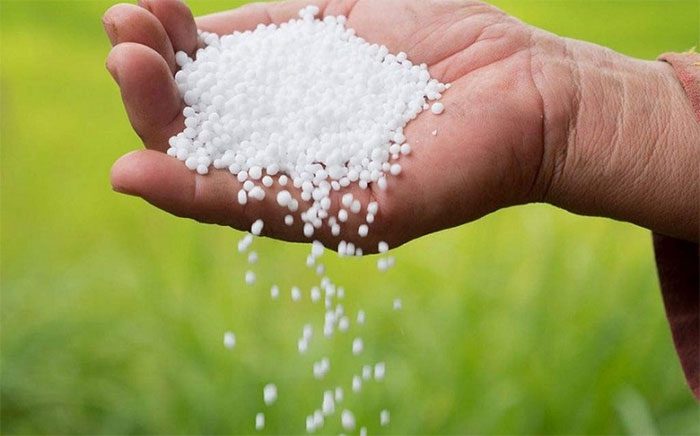According to a reporter in Australia, scientists at Queensland University of Technology (QUT) have recently discovered a new method for producing urea at room temperature that requires significantly less energy than traditional production processes.
The research findings were published in the September issue of the journal Advanced Functional Materials, which focuses on advanced functional materials.

Urea is one of the essential fertilizers in agriculture.
Dr. Junxian Liu, a materials scientist at QUT and the lead author of the study, stated that urea is one of the crucial fertilizers in agriculture, currently used for about 27% of crops worldwide. It is also a raw material for various manufacturing industries, including pharmaceuticals, cosmetics, and plastics.
According to the scientists, although urea exists naturally in the environment, its availability is insufficient to meet global demand due to population growth, agricultural expansion, and the development of other industries.
Dr. Liu explained that industrial production of synthetic urea began in the early 20th century through a traditional process involving the reaction of ammonia and carbon dioxide (CO₂) at very high temperatures and pressures. This means that the energy costs associated with urea production are substantial.
In their new study, Dr. Liu and his colleagues successfully tested a new method of synthesizing urea through a chemical reaction between nitrogen and CO₂ using a graphene-based catalyst under room temperature and atmospheric pressure. The scientists noted that this method significantly reduces energy input compared to traditional methods, representing a promising advancement in urea production.
Although this research is still in the theoretical stage, the team has identified an environmentally friendly and energy-efficient catalyst for the urea synthesis process. Currently, the scientists are collaborating with other research groups to move towards practical applications of this new technology in the near future.


















































